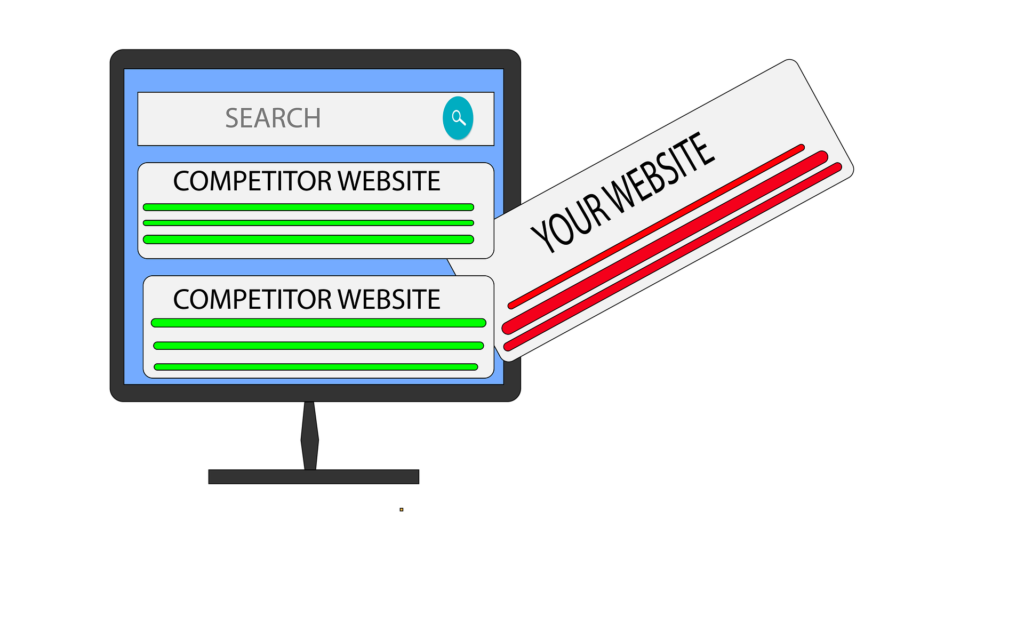Competitor analysis is one of the most important parts of the marketing plan of any business. When entering a market, it is majorly important to know about the competitors who provide the same type of products to the same market segment. Competitor analysis provides an insight about the products they are selling pricing techniques, their strengths, weaknesses, and how you can differentiate your product to achieve competitive advantages in the market.
Competitor analysis is a process of researching, analyzing, and comparing the competitor data in relation to the data in your business. It can provide a clear and accurate understanding of where the product is standing in the competition and what needs to be done for the product to be the market leader.
There are eight steps that have to follow to conduct an effective competitor analysis.
01. Set the business goals
Before conducting a competitor analysis for the competitor products, the business has to set up their own goals and what they want to achieve from the competitor analysis. The goals should be clear and definite. Once the goals are set, it is easy to build the research structure to meet the goals.
02. Identify the competition
This is considered an easy stage of the competitor analysis process as the company should have proper knowledge about the competition when deciding to enter the market. However, it is important to identify the competition carefully without missing out on important competitors. Identification of competitors can be done by running a Google research, investigating the market for available products, checking Google trends, asking from the customers, and running research campaigns.
Identification of the competition is crucial for the competitor analysis as the success and accuracy of the analysis depends on the competitor identification.
03. Evaluate the product and its performance compared to the competitor products
When making purchasing decisions, customers tend to compare and evaluate the competitor’s products. It is important for the business to understand where its product is placed in the market. This can be identified by evaluating the product, its features, and performance compared to the competitor’s products. Conducting anonymous surveys and obtaining customer ideas and perspectives is one effective way of identifying the product’s position in the market.
04. Compare competitor value propositions
People usually remember the critical factor that has the possibility to differentiate the product from the competitor products. It is important for the product to provide a unique quality that can attract customer attention.
To build this unique quality, first, it has to identify what the competitors are providing. By identifying where the competitors are positioning themselves, the business can identify how it should differentiate its product in order to get customer attraction.
Once the competitor value propositions are identified and compared, the product should come up with its own unique value proposition.
05. Interview the competitors’ customers
Competitors’ customers are the most valuable factor for the business. It is important to identify their purchasing expectations and unmet needs. Apart from that, by interviewing them, the business can understand why they chose the competitor products and how satisfied they are with the use of the products.
06. Identify the opportunities available for the product
Once the competitor status and the customer expectations are clearly identified, the business can analyze the internal and external environment to identify the opportunities available for the product to capture more market segments. It is important to identify the opportunities that can differentiate and highlight the unique qualities of the product. It can create more customer attraction to the product.
07. Identify the threats for the product
Apart from the opportunities, the threats available for the product also should be identified through environment analysis. Necessary actions should be taken to minimize or eliminate the negative impacts that can be created by the threats and the business should try to convert the threats into business opportunities.
08. Conclusion about achieving the goals from competitor analysis
The final step of the competitor analysis is to compare the obtained results from the analysis with the goals created in the initial stage of the analysis. This is done to ensure goal attainment.

